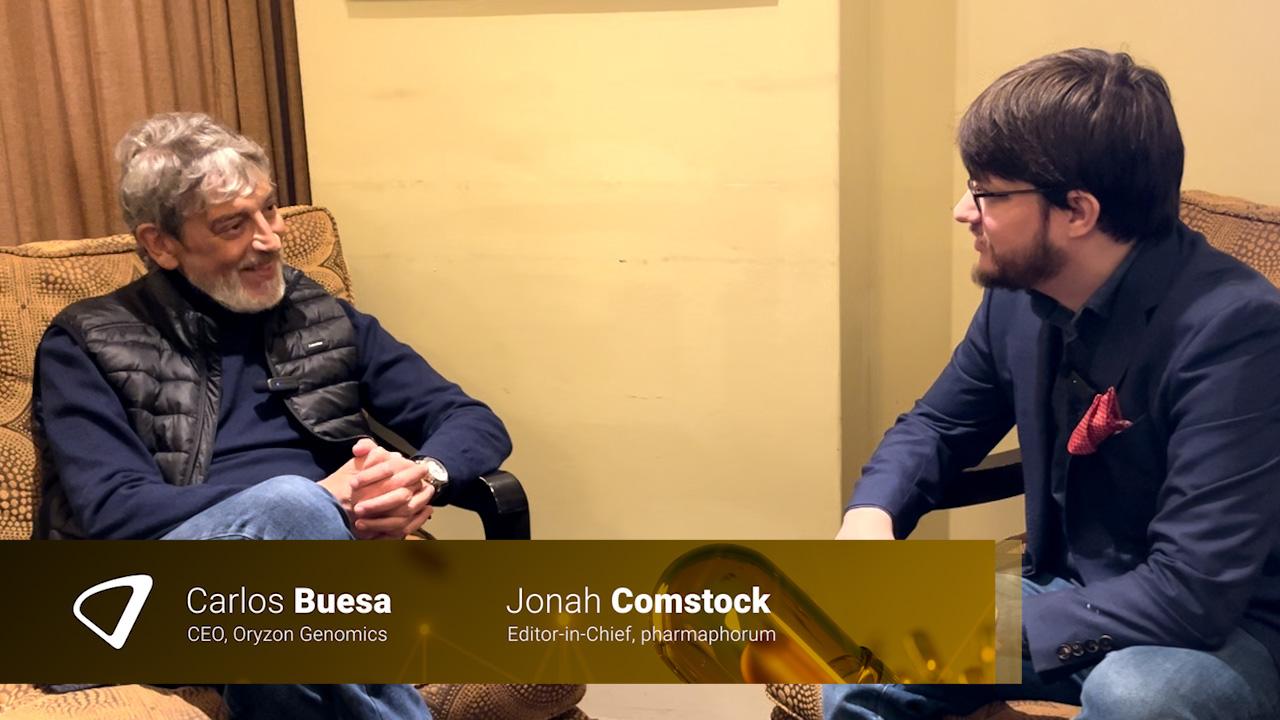First human skin atlas points way to healing without scars

Cell segmentation stain of human skin using the xenium cell segmentation antibody panel
Researchers have created a map of human skin that uses genomics and other technologies to understand how skin forms and the mechanisms behind skin disorders.
The findings could be used to create skin transplants for treating burn victims and hair regeneration, and have already helped in the creation of an improved skin 'organoid' – essentially a functional model of skin tissue in a dish – that can be used for disease research.
The team from the Wellcome Sanger Institute and Newcastle University, along with other collaborators, have used the organoid to understand the role that macrophage immune cells play in scarless skin healing, which could have implications for surgery and trauma treatment.
It is an important discovery as animal models are not very representative of human skin development, holding back advances. In particular, the scientists believe that the atlas could be important for the study of genes that cause congenital hair and skin disorders like epidermolysis bullosa (EB), which causes severe blistering of the skin.
The human skin map – which has been published in the journal Nature and is freely available here – is just one facet of the Human Cell Atlas project, a consortium that aims to map every cell type in the human body to further the understanding of health and disease.
The scientists used single-cell sequencing and other genomics techniques like spatial transcriptomics to create an atlas of prenatal skin which can heal without scarring – a property that is lost after birth. By analysing individual prenatal skin cells in space and time, and comparing them to adult skin, they were able to chart the cellular changes that regulate skin and hair follicle development.
The organoid created by the team was derived from adult stem cells but more closely resembled prenatal skin. While blood vessels did not form well in the model, they discovered that this was enhanced by macrophages – the first time that these cells have been shown to have a role to play a role in the formation of human skin on top of their known functions in wound healing and fighting off infections.
"With our prenatal human skin atlas, we’ve provided the first molecular ‘recipe’ for making human skin and uncovered how human hair follicles are formed before birth," commented Dr Elena Winheim of the Wellcome Sanger Institute, who is co-first author of the Nature paper.
"These insights have amazing clinical potential and could be used in regenerative medicine, when offering skin and hair transplants, such as for burn victims or those with scarring alopecia," she added.












